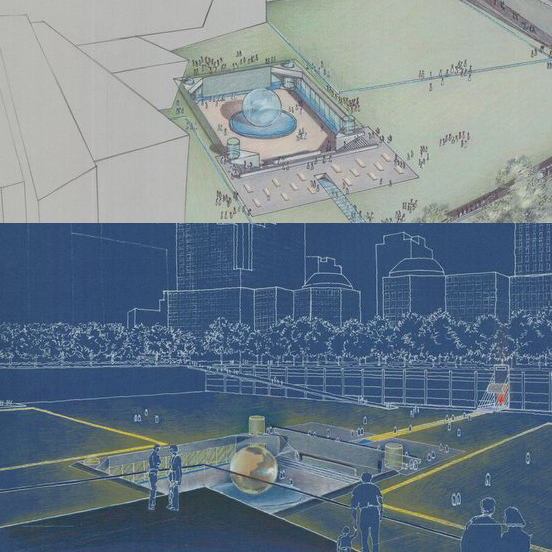master R.D. Chin as
a Visionary architect
… a feng shui approach to create innovative and dynamic projects.
See below for a description of how feng shui can be applied to urban planning and design.
You can also click on a link to the right of this introduction to go to specific projects on my urban planning and corporate+office portfolio page.

Feng shui is balance in urban planning and design made possible by the management of natural forces. “Wind” and “water” (the literal meaning of “feng shui”) are two of many forces taken into consideration by the ancient sages in their design of homes, palaces, gardens and cities.
The fundamental purpose of feng shui is to create harmony and balance of one’s life which, in turn, is reflected in one’s space. In essence, a place where one feels safe and protected which therefore enhances ourselves, our relationships within our family and community, and our productivity and prosperity.
Feng shui has been around for thousands of years. While the images associated with feng shui are distinctly Chinese, the principles are universal and applicable to the design of a road, a canal or waterways, or even the placement of a desk or bed. Certainly, the Chinese are not alone in realizing that landscapes, homes, and even cities can be shaped by the forces of wind and water, the balance of heaven and earth, the concept of yin and yang.
Interest in the ancient philosophy of feng shui as an approach for modern times is becoming stronger every day due to the awareness of people when they understand the consequences of how their personal space (their own home) affect their neighbors and community, it’s relationship to nature, and ultimately the world.
Perception of community and associations about homes or possessions can have a profound effect on how people relate and live with each other. Feng shui applied to the design of a home, a neighborhood cluster, or even a city can help shape this perception and these associations. The long-range impact affects productivity, economics, and the image of the location.



